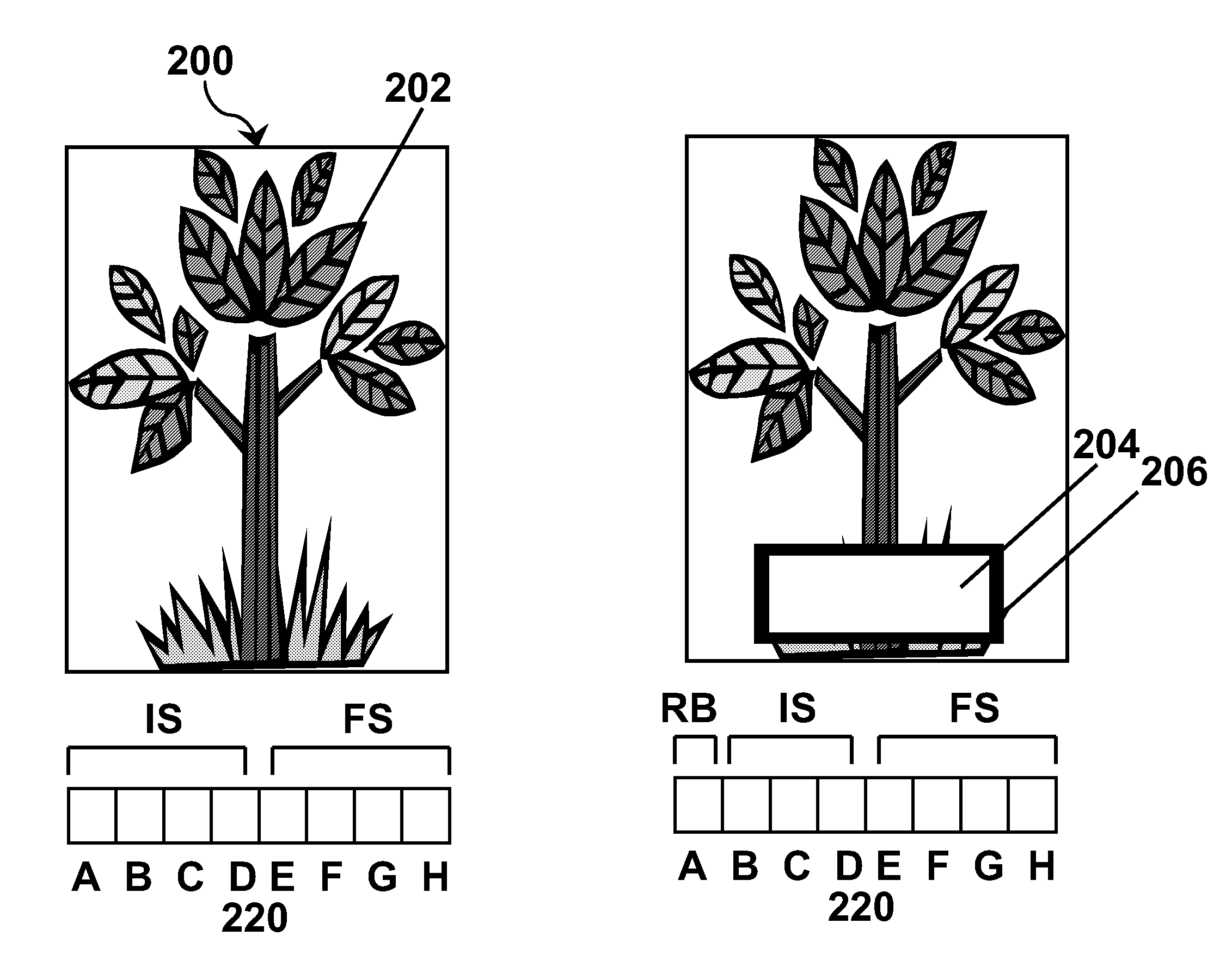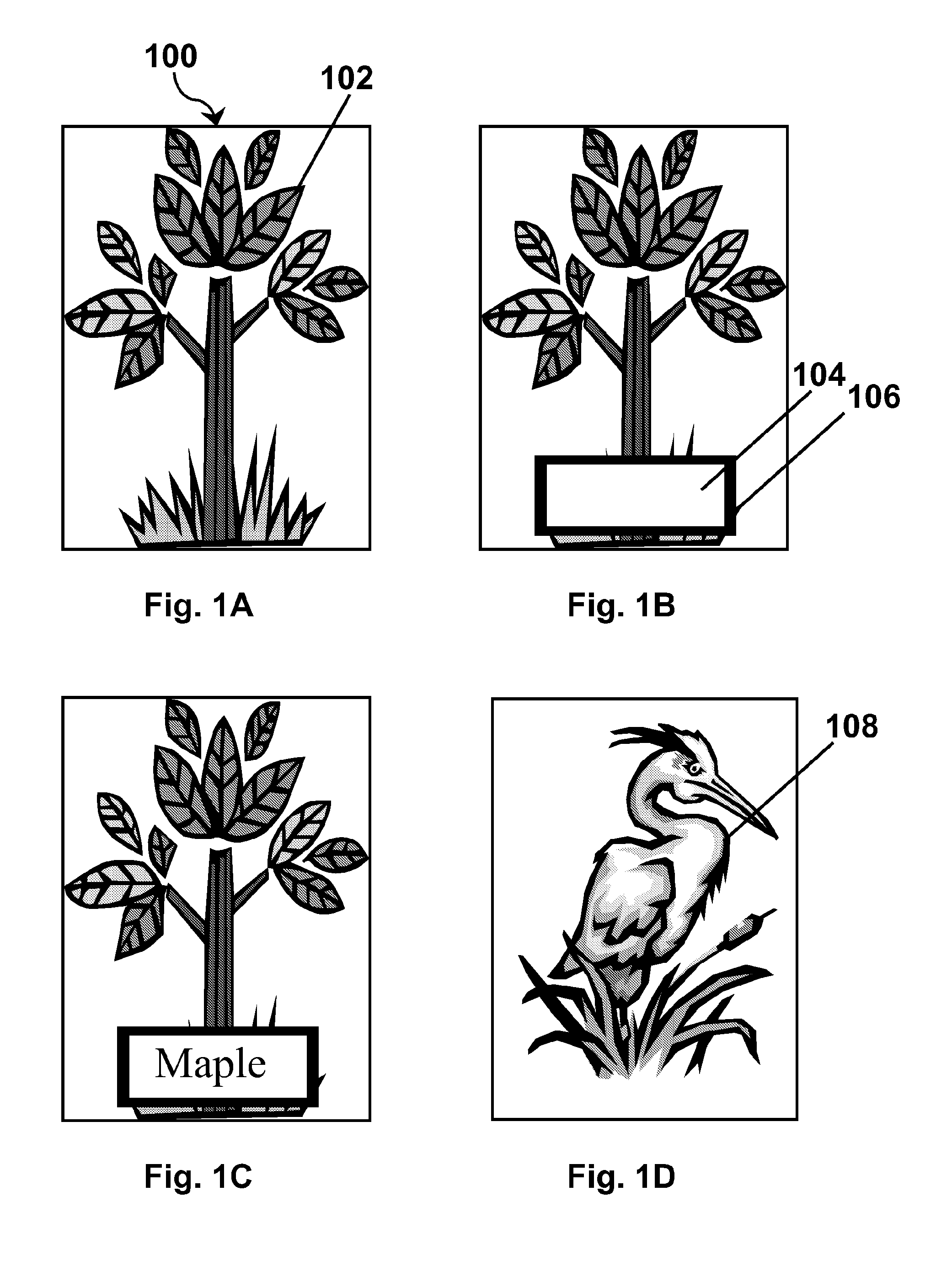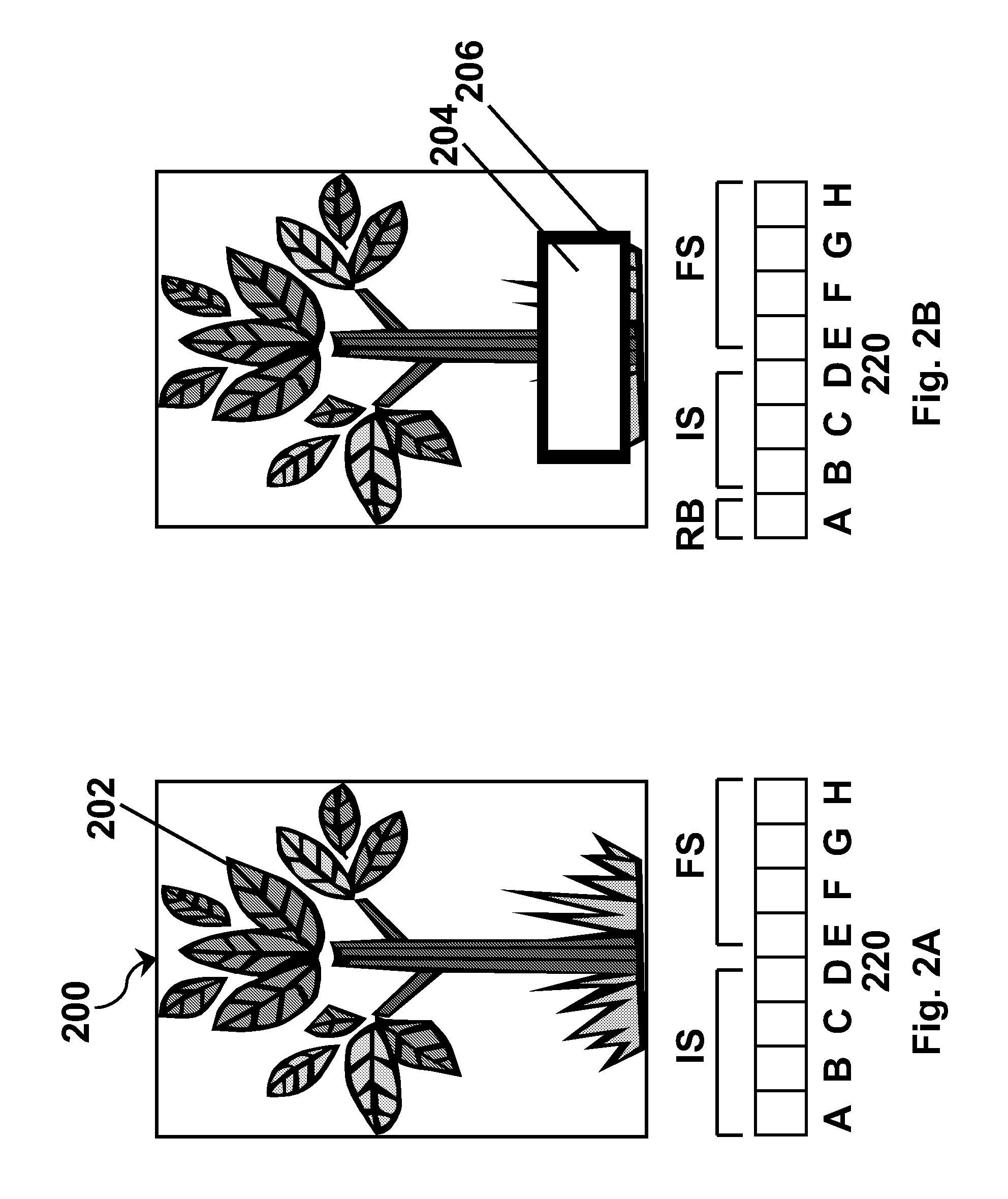Methods for driving electro-optic displays
a technology of electrooptic displays and drives, applied in the direction of liquid crystal compositions, instruments, chemistry apparatuses and processes, etc., can solve the problems of preventing their widespread use, inadequate service life of these displays, and gas-based electrophoretic media being susceptible to the same types of problems, so as to facilitate the transition to the second drive scheme
- Summary
- Abstract
- Description
- Claims
- Application Information
AI Technical Summary
Benefits of technology
Problems solved by technology
Method used
Image
Examples
Embodiment Construction
[0054]As already mentioned, this invention provides a method for updating a bistable electro-optic display using two different drive schemes. An image is written on the display using a first drive scheme capable of driving pixels to three (or typically more) different display states; and thereafter the image is varied using a second drive scheme, which makes use of only two gray levels, at least one of which is not an extreme optical state of the pixel.
[0055]As explained in more detail below, the present driving method is designed to provide a first drive scheme which can render gray scale images, while allowing for a more rapid drive scheme which is useful when it is necessary that the image respond quickly to user or other input. Experience with gray scale drive schemes shows that in such drive schemes some transitions can be effected more quickly than others and, of course, the overall transition time for an image change must be at least as long as the longest of the transitions ...
PUM
 Login to View More
Login to View More Abstract
Description
Claims
Application Information
 Login to View More
Login to View More - R&D
- Intellectual Property
- Life Sciences
- Materials
- Tech Scout
- Unparalleled Data Quality
- Higher Quality Content
- 60% Fewer Hallucinations
Browse by: Latest US Patents, China's latest patents, Technical Efficacy Thesaurus, Application Domain, Technology Topic, Popular Technical Reports.
© 2025 PatSnap. All rights reserved.Legal|Privacy policy|Modern Slavery Act Transparency Statement|Sitemap|About US| Contact US: help@patsnap.com



